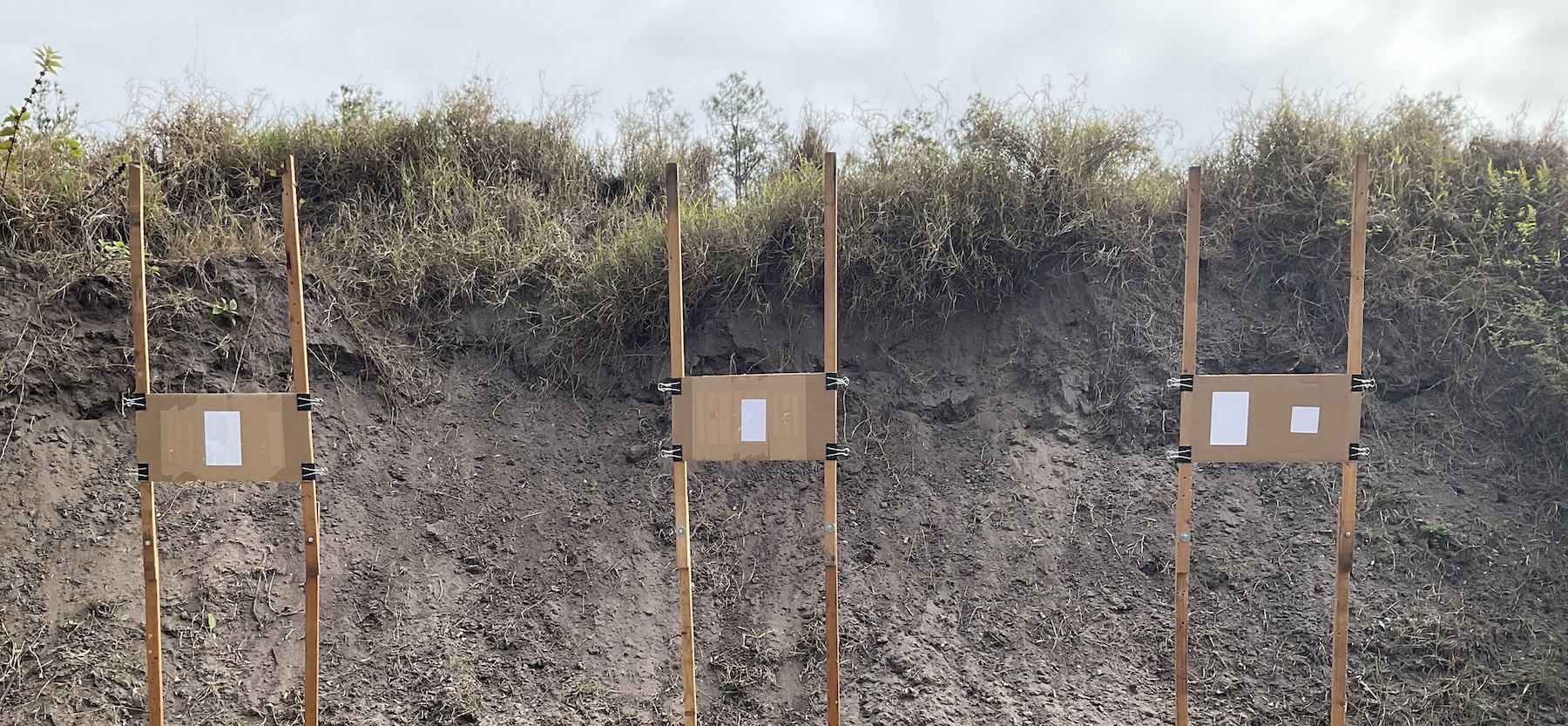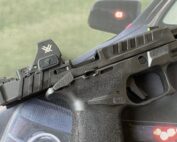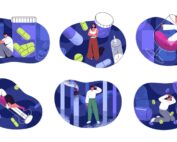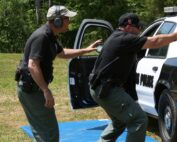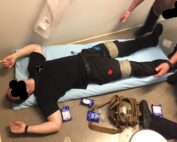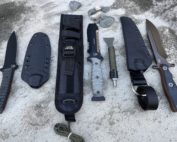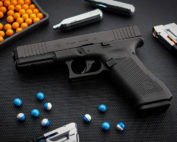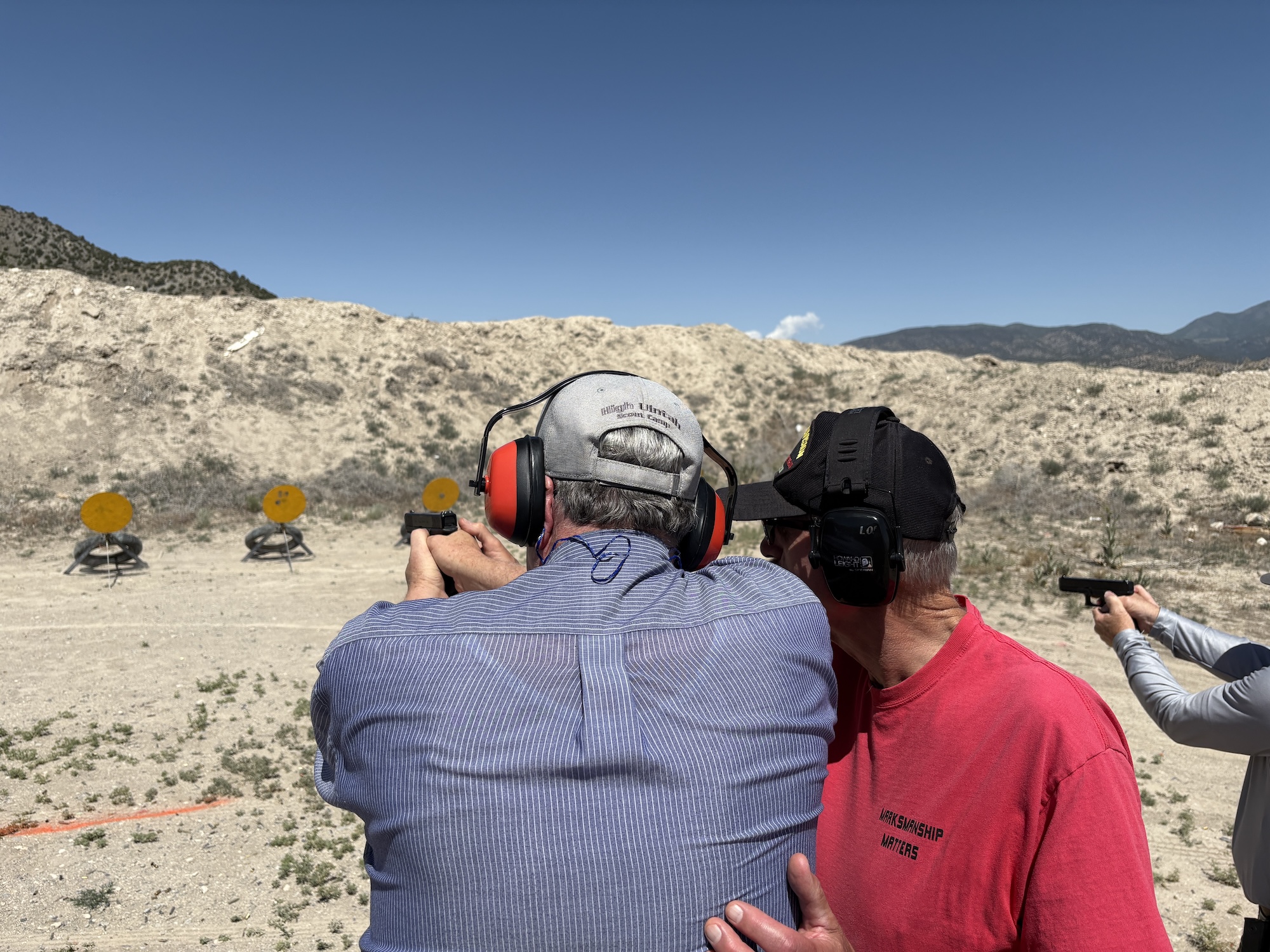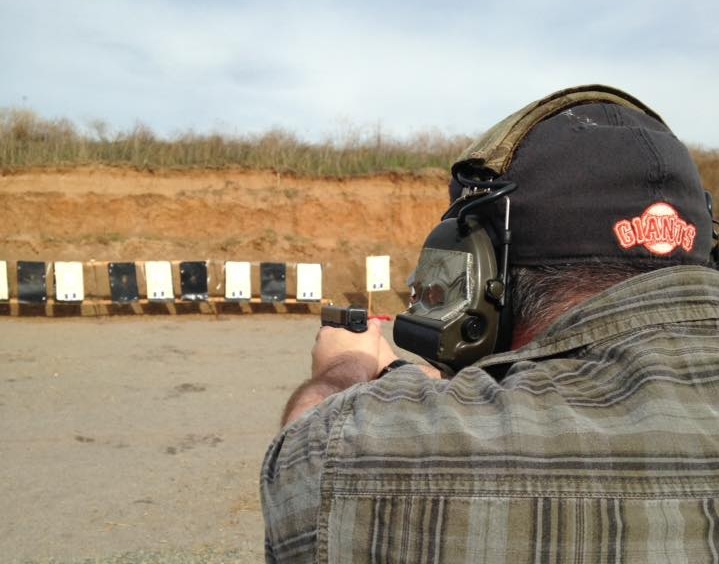
IMG_0744
For someone to improve at a task, that individual must want to improve. While these tips are designed to raise performance requirements, if someone only cares about minimal performance, that is all they will achieve.
In my previous article, I talked about raising accuracy standards in training to improve officers’ performance in qualifications and on the street. By enforcing higher accuracy standards, officers unconsciously focus on what they need to do to obtain better hits. Basically, over time, they will just shoot more accurately.
This is simple. It’s just not easy or quick.
Simplest Fix
The simplest thing I would do is add/make a smaller target scoring zone when conducting training. If the agency uses a silhouette target like the B-21E, I suggest placing the scoring zone in the upper thoracic area. Officers should be instructed that only hits within the scoring zone count as hits. In addition to the higher accuracy requirement, this will train officers to target a portion of the anatomy where their rounds will have the most effect in an actual deadly force encounter.
Acceptable Scoring Area
I have used the B-21E target style in these attached pictures to show ways to get a smaller scoring zone. This includes adding hand-drawn scoring zones, which could take a lot of time and might not be practical for more than one or two students. The left target shows a defined area of the five (5) scoring zone, while the right target shows a 6×6-inch square zone that has parts of the four (4) and five (5) zones.
Reduced Size Silhouettes
A reduced-size target is a quick way to force a higher accuracy standard. Depending on the distance at which the training is being conducted, this can be a simple and quick option. The second target has a 4X6 scoring zone added to it, while the third has a 3×5 scoring zone added to it. These scoring zones are adhesive labels obtained from Amazon and are inexpensive, quick, and easy to apply to targets.
Or you could reduce the target to half of its size. Because the entire target is 50% smaller, so are the scoring zones. Suppose the instructor staff mandates only hits in the 5-scoring zone count as hits. In that case, officers will need to shoot more accurately, with nothing else required by the instructor staff. Adhesive labels can be added to this target as well. These three simple options can also be mixed to achieve the desired results.
Changing Sizes
The only downside of these options is that students will say they still hit the target despite not hitting the designated scoring zone. In the above photo, different targets of different sizes have been added to the backers. These include 4″x6″, 3″x5″, and a 3″x3″ square. And since there is nothing but the scoring zone, anything not in the scoring zone is a miss. This does away with a student missing the designated scoring area but hitting another one and prevents the inevitable argument – because they missed but still got lucky.
Multiples
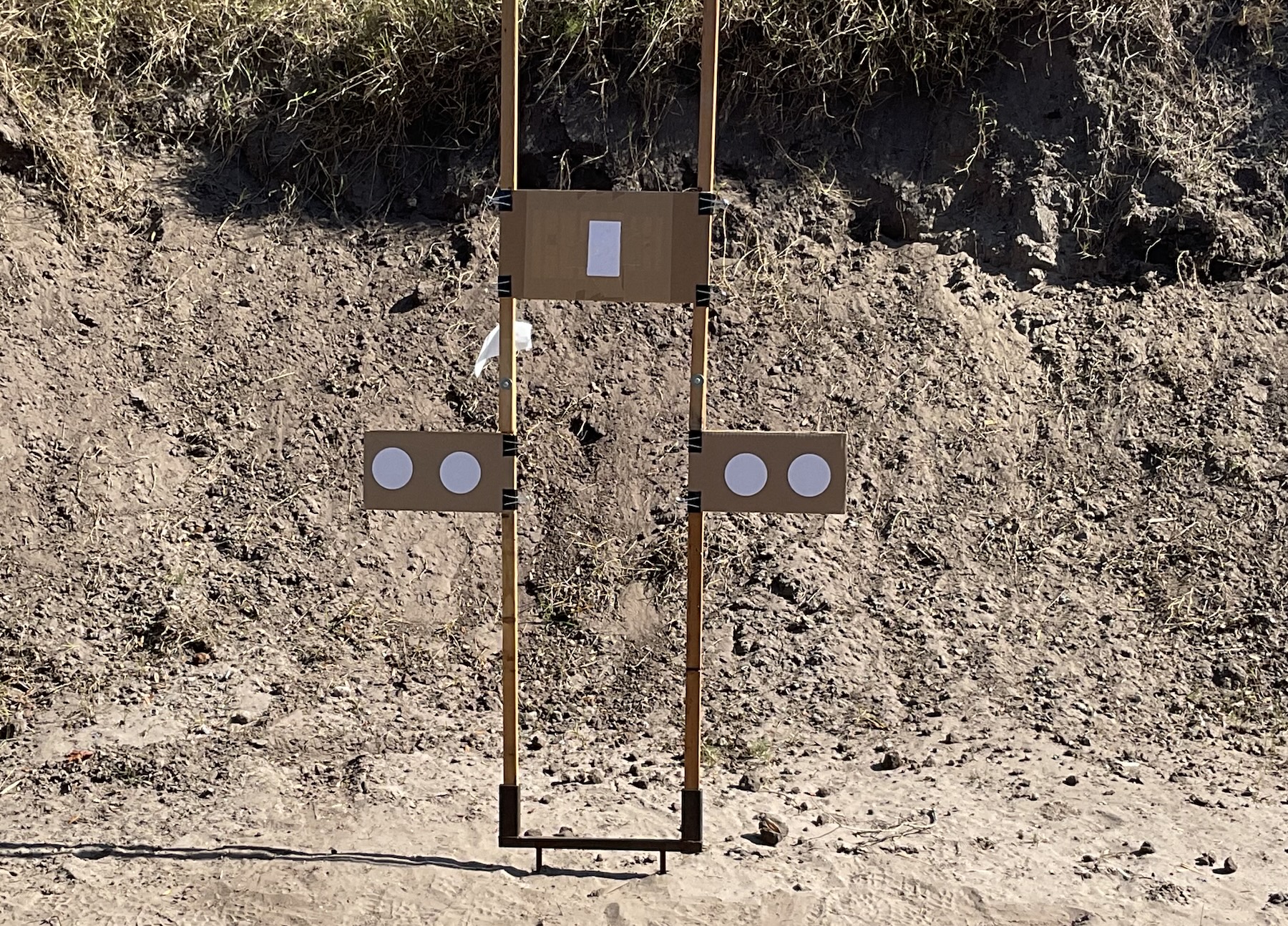
You can move beyond a single shape and work with a variety of shapes and sizes; again, just another example.
Another benefit of this target type is that it allows a single target stand to offer multiple targets. This will allow for more options with limited space.
Instructor Efforts
Instructors should vary the size of the scoring zones depending on the distance being trained and/or the amount of time given for the shooting to be completed. When training with rifles, the sight offset needs to be considered, depending on the distance.
It should go without saying that vision, grip, platform, and trigger manipulation all play a part in this. Instructors will need to address each of them as well.
I encourage instructors to push their students to greater levels of accuracy. If, initially, it is only to help their students pass qualification courses, that’s fine. I would tell the instructors to play the long game. After each training session, evaluate the student’s performance and adapt the following training to improve.
Note: All the pictures were taken 5 yards from the targets.
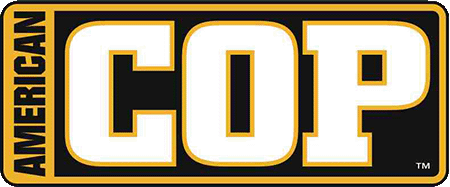

 (+5 rating, 5 votes)
(+5 rating, 5 votes)


